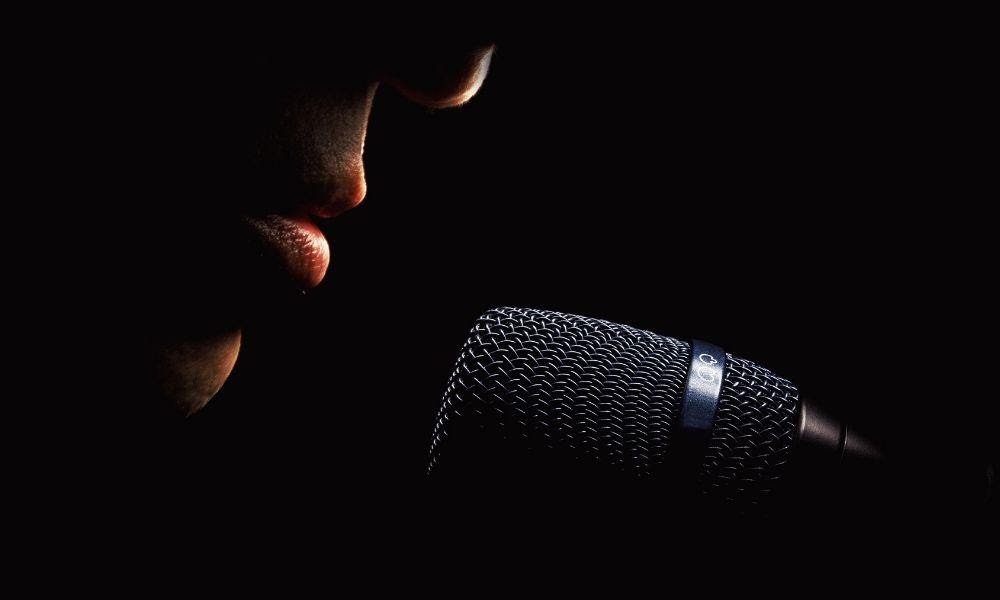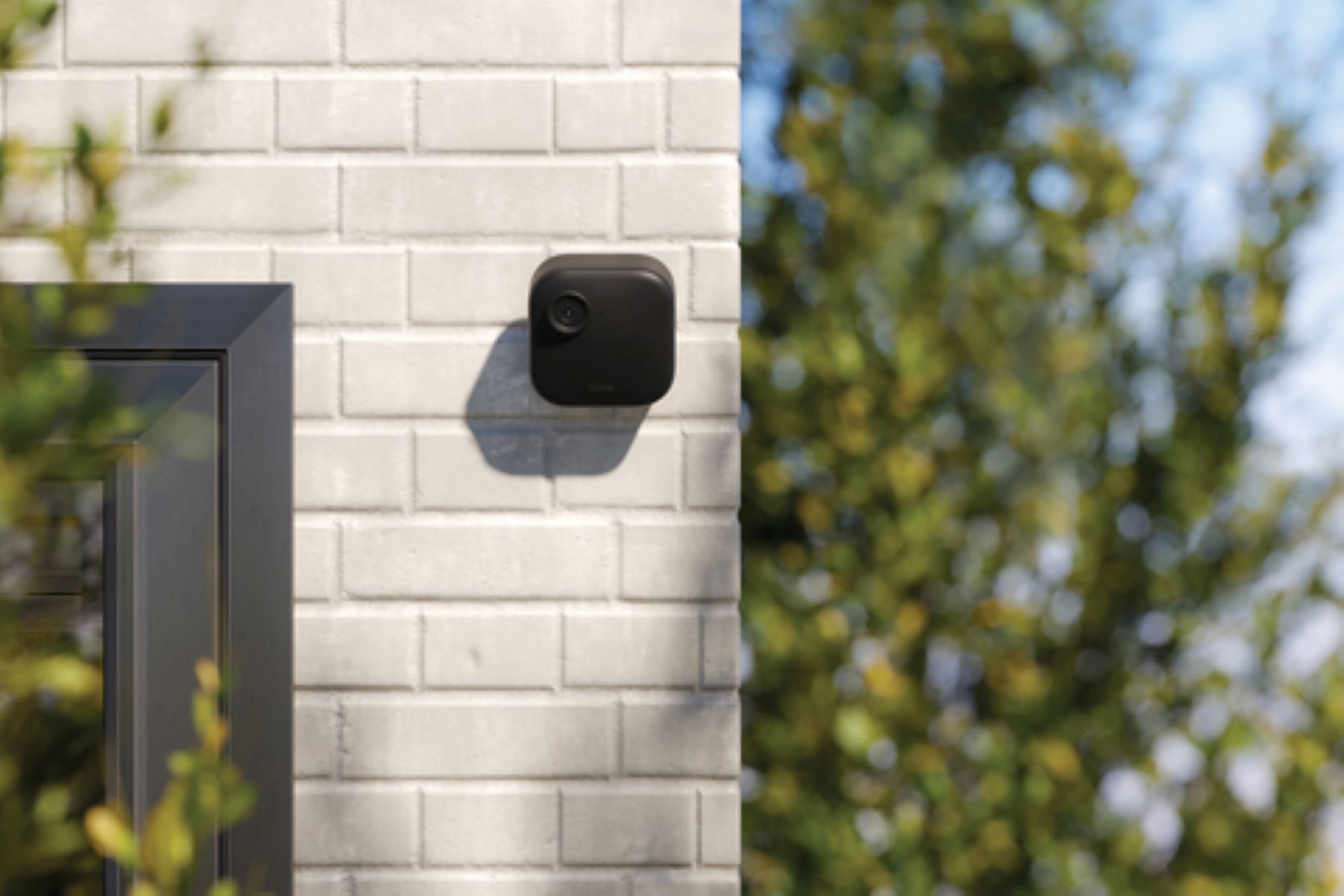Innovations in Music Technology

Amplifying and recording music has come a very long way. It’s no longer enough to hit the stage with instruments and amps or load musicians into a studio and record live to tape. New challenges, new solutions to old problems, and the concept of “the studio as a musical instrument” have revolutionized the live and recorded music industries. There have been countless innovations in music technology over the past fifty years, but here are three of our personal favorites.
Auto-Tune
Whether you love it, hate it, or are learning to live with it, Auto-Tune is ubiquitous in modern music. The tool has its roots in simple pitch correction. The idea behind Auto-Tune was to fix intonation in post-production by raising or lowering one note at a time by a matter of cents, or small fractions of a half-step. Of course, musicians and producers love to push new tools to their limits, which was precisely—and with Auto-Tune’s pitch correction, we do mean precisely—what Cher did with her 1998 hit “Believe.” By correcting every single note to its exact pitch, the result was a unique warble emanating straight from the uncanny valley. Auto-Tune is now a major part of modern hip-hop’s sonic palette.
Helpinstill Piano Sensor
The acoustic piano, perhaps rivaled by only the human voice as our most fundamental musical instrument, is not always easy to amplify. The sound from each of its 88 keys emanates from the strings themselves, meaning that a microphone will struggle to accurately capture the sound of the instrument. Pianist and engineer Charles Helpinstill solved the problem of recording a piano via microphone by applying magnetic pickups across the strings. Rather than dealing with the microphones, the acoustic piano pickup provides a crystal-clear signal from the piano to the mixing board, capturing each string equally without fighting against louder instruments in proximity or acoustic challenges of the room.
Fairlight CMI
A synthesizer, a sampler, and a digital audio workstation all in one—the music industry changed forever in 1979 with the introduction of the Fairlight CMI, the first digital synthesizer to make an impact on modern music. Today’s music makers take for granted the ease and accessibility of sampling. But digital sampling as we know it today would not have even had its name without the invention of the Fairlight and its bevy of floppy disks containing prerecorded instruments or the blank space to add new voices. Though the Fairlight’s interface was anything but intuitive and user-friendly, its steep learning curve was no match for talented adopters such as Stevie Wonder, Kate Bush, Peter Gabriel, Todd Rundgren, and Prince—some of the most ambitious and prolific musicians of the late 20th century, who changed music forever with the help of this innovation in music technology.




